Al Manşūrah, Egypt
How to administer first aid for a bruise 🚨🚨
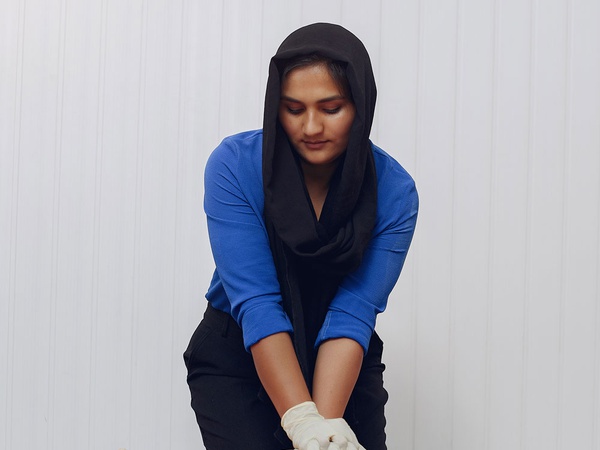
A bruise forms when a blow breaks blood vessels near your skin's surface, allowing a small amount of blood to leak into the tissues under your skin. The trapped blood may cause a bruise that at first looks like a black-and-blue mark and then changes color as it heals.
You can enhance bruise healing with a few simple techniques. Remember RICE, for rest, ice, compress and elevate:
I. Rest the bruised area, if possible.
II. Ice the bruise with an ice pack wrapped in a towel. Leave it in place for 10 to 20 minutes. Repeat several times a day for a day or two as needed. ❄❄
III. Compress the bruised area if it is swelling, using an elastic bandage. Don't make it too tight.💥
IV. Elevate the injured area.🔝🔝
If your skin isn't broken, you don't need a bandage. Consider taking an over-the-counter pain reliever if needed.
Consult your doctor if you:
I. Notice very painful swelling in the bruised area
II. Are still experiencing pain three days after a seemingly minor injury
III. Have frequent, large, or painful bruises, particularly if your bruises appear on your trunk, back, or face, or seem to develop for no known reasons
IV. Have easy bruising and a history of significant bleeding, such as during a surgical procedure
V. Notice a lump (hematoma) form over the bruise
VI. Are experiencing abnormal bleeding elsewhere, such as from your nose or gums
VII. Suddenly begin bruising, but have no history of bruising
VIII. Have a family history of easy bruising or bleeding
These signs and symptoms may indicate a more serious problem, such as a blood-clotting problem or blood-related disease
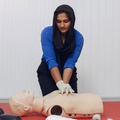

How to administer first aid for a bruise 🚨🚨
By
 Dr Mo Ameer
Dr Mo Ameer
 Dr Mo Ameer
Dr Mo Ameer
0:00 /
0:00
Other insights from Dr Mo Ameer


Dr Mo Ameer
 Al Manşūrah, Egypt
Al Manşūrah, Egypt
 Al Manşūrah, Egypt
Al Manşūrah, Egypt

Dr Mo Ameer
 Al Manşūrah, Egypt
Al Manşūrah, Egypt
 Al Manşūrah, Egypt
Al Manşūrah, Egypt

Referral Earning
Points-to-Coupons
Insights for you.






 665
665












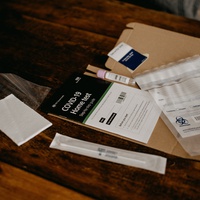

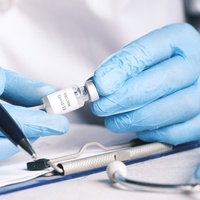
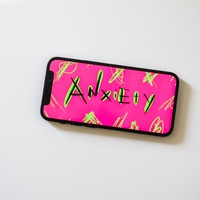
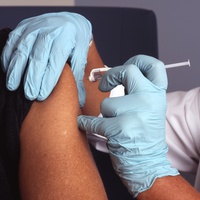














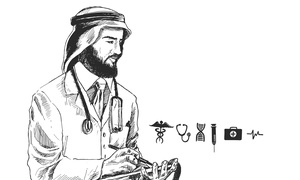













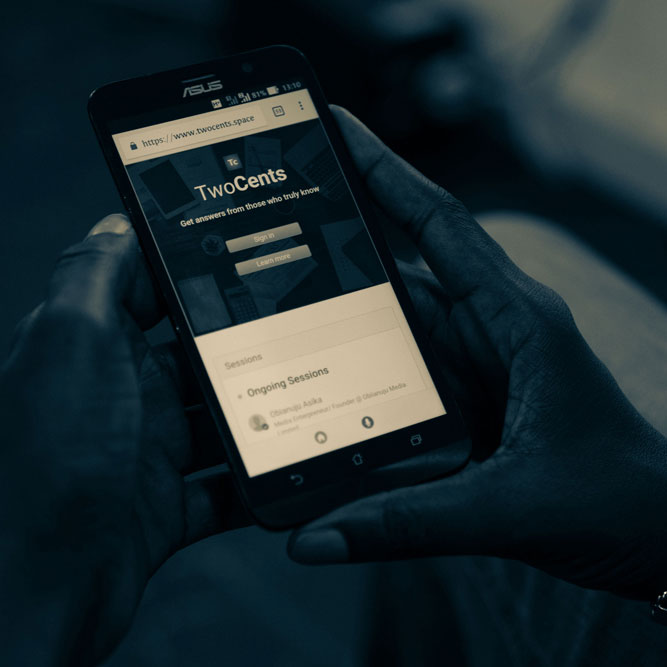












Comments